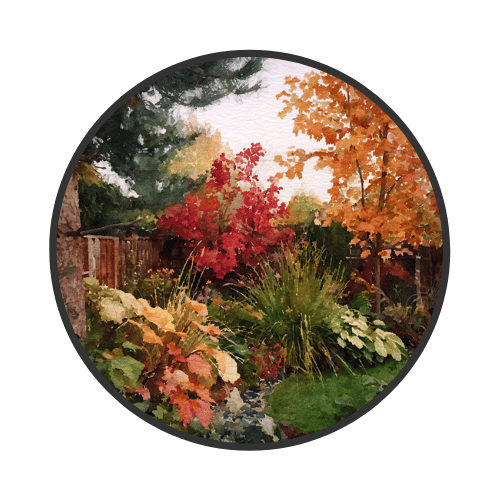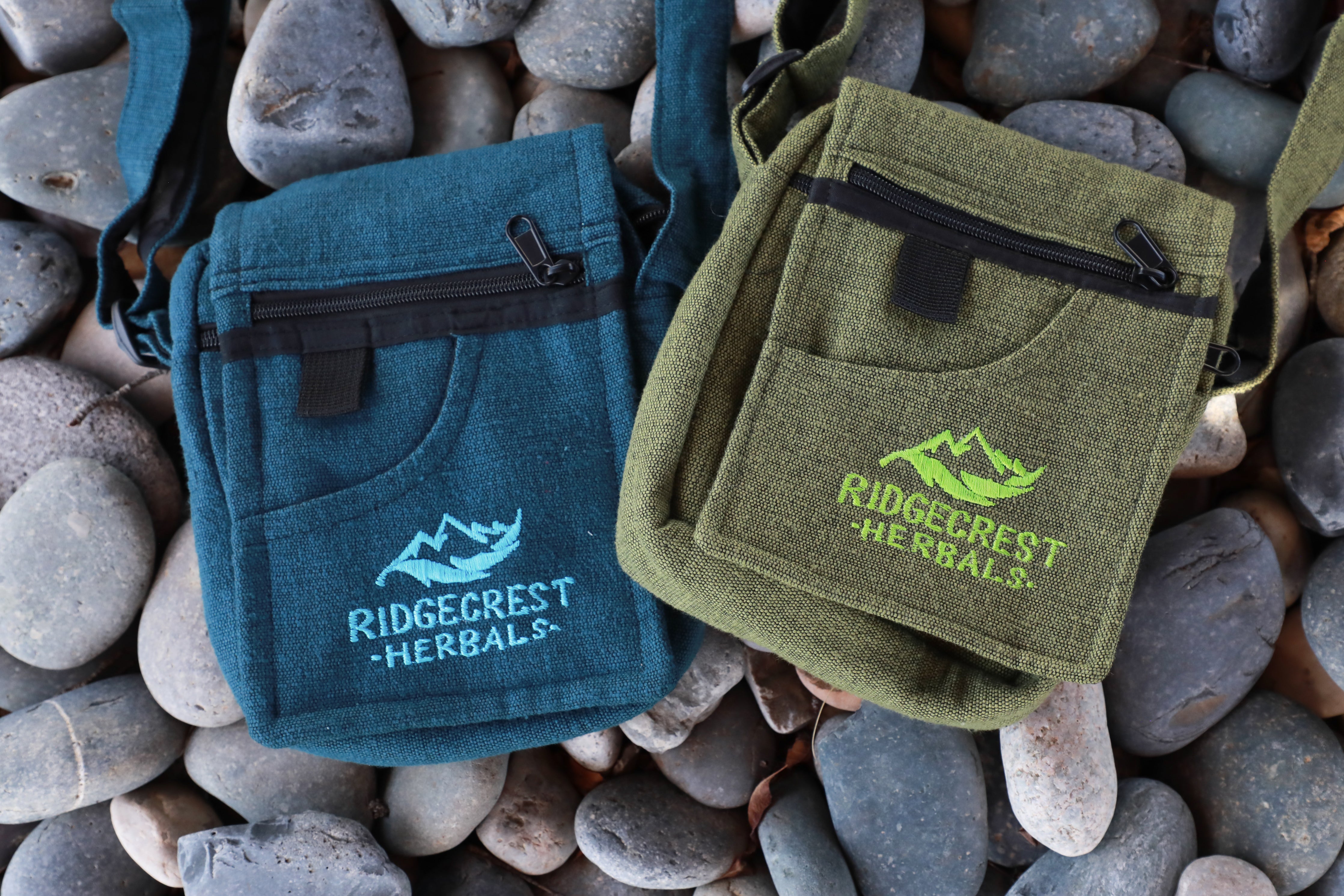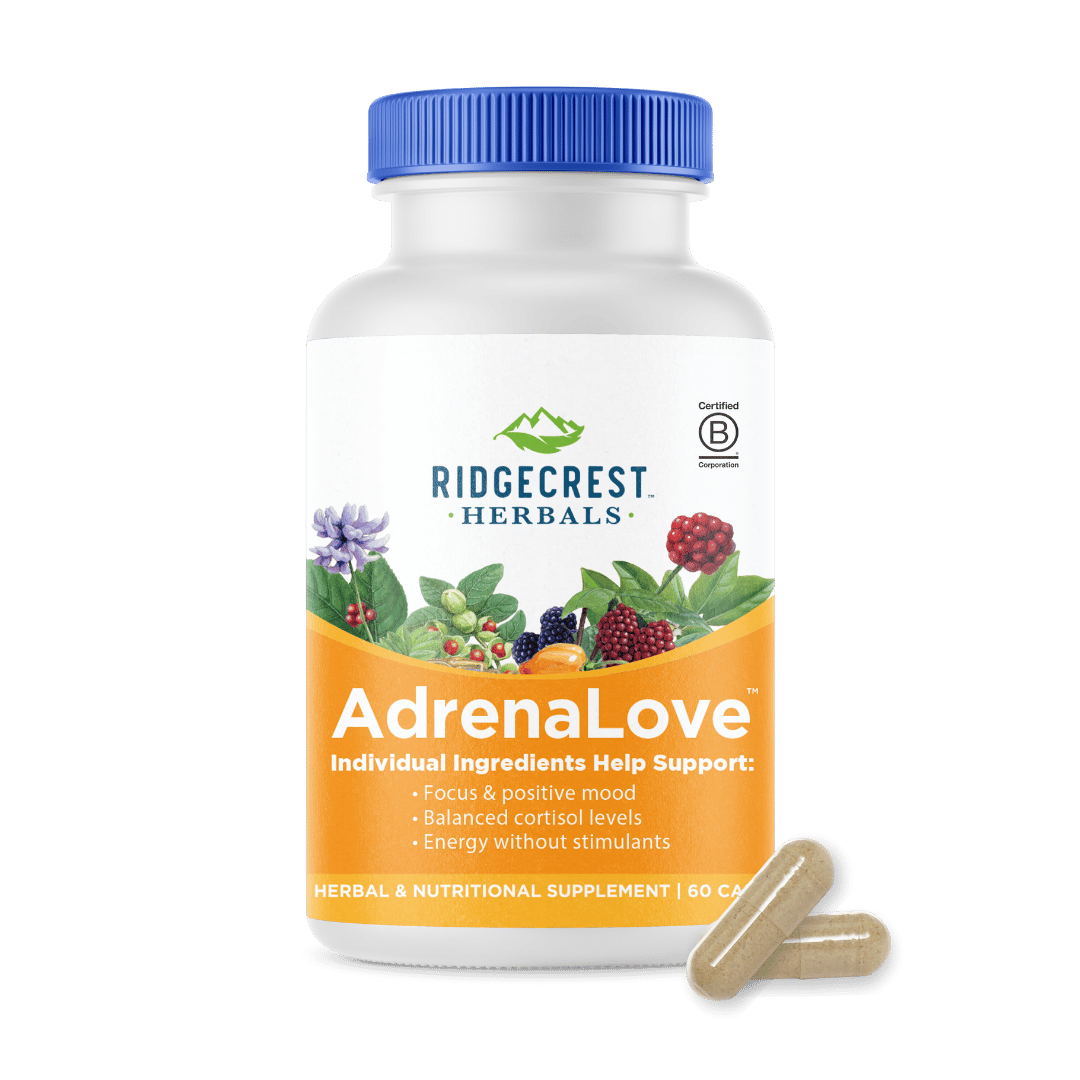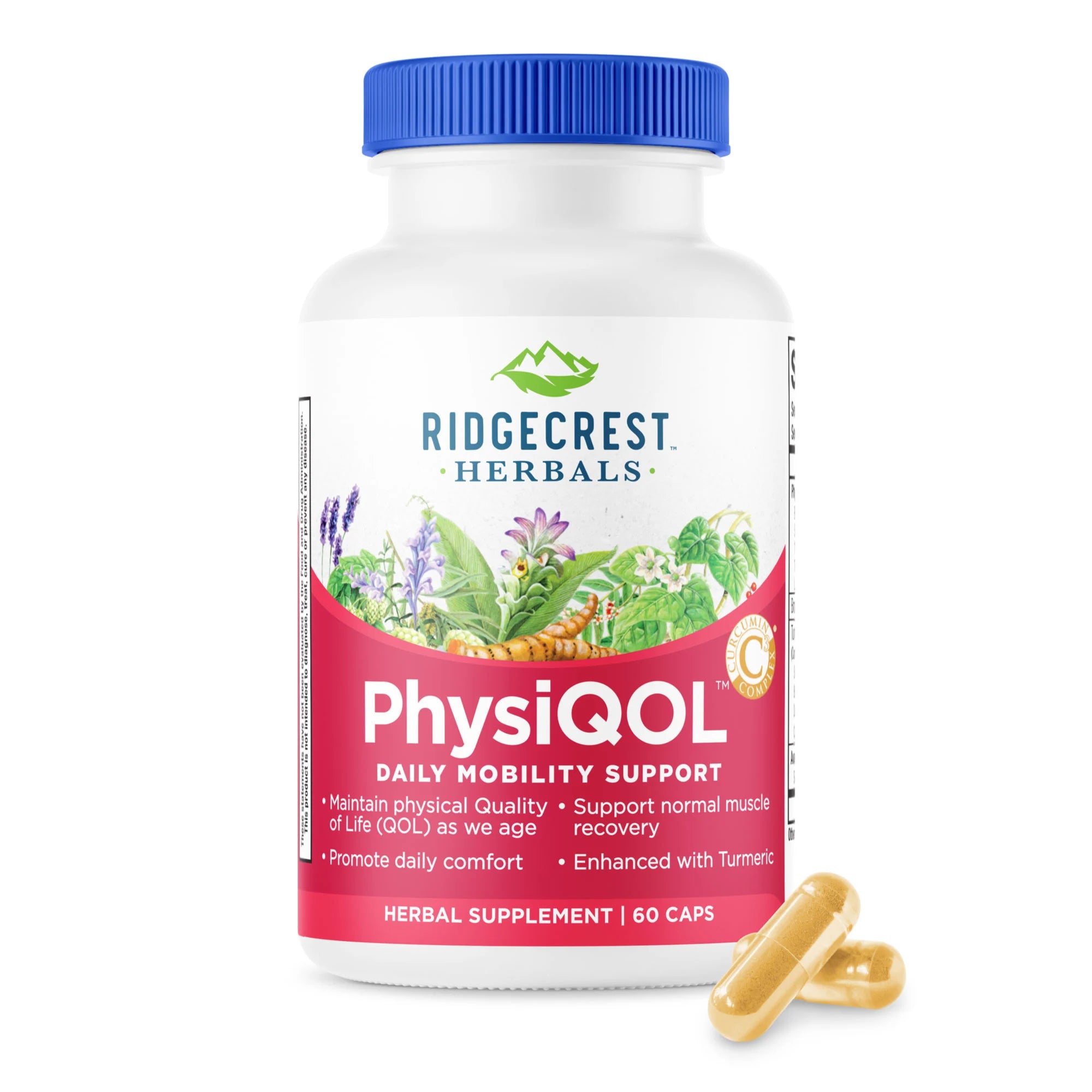Fall Gardening Guide: Composting, Leaves, Planting, and Seed Saving
As the seasons change, fall offers the perfect opportunity to care for your garden while preparing for the year ahead. From composting and leaf management to fall planting and seed saving, these autumn gardening tasks will enrich your soil, support healthy growth, and set your garden up for success next spring.
♻️ Composting: Turn Fall Waste Into Garden Gold (by Amanda)
Composting is essential for any gardener looking to enrich their soil and reduce waste. Fall is the perfect time to start or step up your composting efforts, as abundant organic material is available. Leaves, garden debris, and kitchen scraps can all be composted to create a rich, fertile soil addition.
Start by setting up a compost bin or heap in a convenient spot in your garden. Begin layering green materials like vegetable scraps, coffee grounds, and grass clippings with brown materials like fallen leaves, straws, and small branches. This balance of green and brown materials ensures the proper carbon-to-nitrogen ratio for efficient decomposition.
Turn your compost regularly to aerate the pile, which speeds up the decomposition process and helps to prevent unpleasant odors. Keep the compost moist but not too wet, similar to a wrung-out sponge. In a few months, you'll have dark, crumbly compost ready to pamper your garden beds!
Composting not only diverts waste from landfills but also provides a sustainable way to improve soil health. Rich in nutrients and beneficial microorganisms, compost strengthens soil structure, retains moisture, and supports healthy plant growth. As you harvest your fall crops and prepare your garden for winter, adding compost to your soil is a great way to ensure a thriving garden next year.
🍁 To Rake or Not to Rake: Managing Fall Leaves (by Aspen)
Pros of Raking:
Lawn Health: A thick layer of leaves can smother your grass, blocking sunlight and preventing air circulation. This can weaken the grass, making it more susceptible to disease and pests. Raking helps maintain healthy grass growth.
Curb Appeal: A neatly raked yard creates a clean and tidy appearance. This can be important if you take pride in your landscaping or live in a community with HOA regulations.
Reduced Risk of Disease: Damp leaves left on the lawn can create a breeding ground for mold and fungus. Raking helps prevent these issues, promoting a healthier yard.
Cons of Raking:
Time and Effort: Raking leaves, especially for large yards, can be time-consuming and physically demanding.
Environmental Impact: Bagging leaves for disposal creates unnecessary waste.
Loss of Nutrients: Leaves are a natural source of nutrients for your soil.
Alternatives to Raking:
Mulching: Leaving a thin layer of chopped leaves on your lawn (mulching) allows nutrients to return to the soil, suppresses weeds, and insulates the roots during winter.
Composting: Leaves are a great addition to your compost pile. Composted leaves create nutrient-rich soil amendment for your garden.
The Verdict?
Rake if you have a thick layer of leaves, live in an area prone to heavy snowfall, or prioritize a manicured lawn. Leave or mulch if you have a small yard, prioritize sustainability, or your grass appears healthy. Remember, a balanced approach is key. You can rake some leaves while leaving others in specific areas to create a habitat for beneficial insects.
🌼 Fall Planting: Preparing for a Colorful Spring (by Amanda)
Fall gardening is all about setting the stage for what's to come. We're busy prepping the soil, adding compost and nutrients, and preparing for the next planting season. It's about keeping the garden healthy as the seasons change. As summer ends and autumn begins, dedicated gardeners keep their gardens full of life with succession planting. They're planning not just for now but for future seasons, too.
When the lettuce is done, we plant kale and radishes to keep fresh greens coming through the fall. And those tomato seeds? We save them carefully to grow next year.
Fall is the perfect time to plant bulbs and certain perennials, trees, and shrubs. These plants love the cooler temperatures and extra rain, which helps them build strong roots before winter. Consider planting bulbs like tulips, daffodils, and hyacinths for a colorful spring display. Hardy perennials like peonies, bleeding hearts, and columbines return year after year, adding lasting beauty.
Shrubs like lilacs and viburnums are not only beautiful but also wonderfully fragrant. Their flowers brighten up the garden and make lovely indoor arrangements. Plus, the insects in your garden will be grateful for them too!
As autumn unfolds, it's a great time to appreciate the garden's changing look—the vibrant leaves, the crisp air, and the softer light. It's a time for quiet reflection and enjoying the last blooms.
The work we do in the fall—harvesting, preparing, planning—ensures our garden stays strong and is ready to burst into life again come spring.
🌻 Harvesting Seeds for Future Planting (by Amanda)
As fall brings the growing season to a close, it's the perfect time to think ahead and start harvesting seeds for future planting. Saving seeds from your current garden gives you a supply of plants well-suited to your local climate, helps preserve heirloom varieties, and reduces the need to purchase new seeds yearly.
Start by selecting the healthiest, most productive plants to gather seeds. Allow the seeds to mature fully on the plant before harvesting. Wait for flowers and vegetables like tomatoes, peppers, and beans until the fruit is overripe or the pods have dried on the plant.
Once harvested, clean the seeds by removing any pulp or debris. Spread them out on a paper towel or screen to dry completely, which can take several days to a week, depending on the type of seed and humidity levels. Store the dried seeds in labeled envelopes or jars, and keep them in a cool, dark, and dry place to maintain their viability.
Harvesting seeds is a simple yet rewarding task that connects you to the cycles of nature. By saving seeds, you can maintain the continuity of your garden, adapt to local growing conditions, and cultivate a more self-sufficient and intentional gardening practice.
🌾 Fall Growing Season
Fall is more than just the end of the growing season — it’s the beginning of next year’s success. By composting your garden waste, choosing whether to rake or mulch your leaves, planting hardy bulbs and perennials, and saving seeds from your healthiest plants, you create a garden that is richer, stronger, and more resilient.
Embracing these seasonal tasks connects you with the natural cycles of your garden and ensures it will return each spring full of life, color, and abundance. 🍂🌸








Leave a comment
All comments are moderated before being published.
This site is protected by hCaptcha and the hCaptcha Privacy Policy and Terms of Service apply.